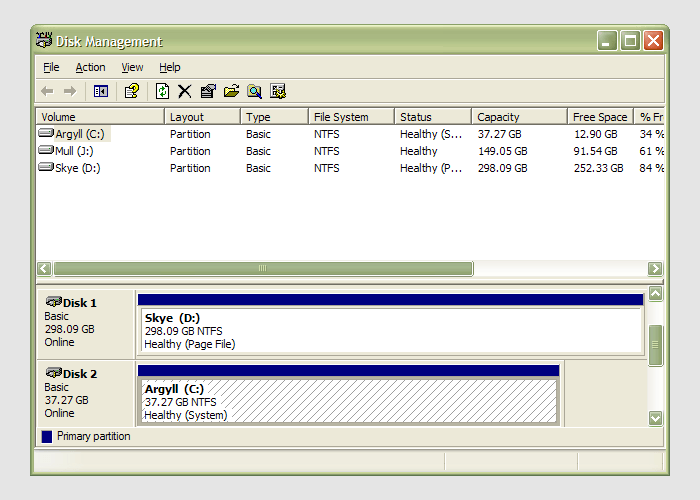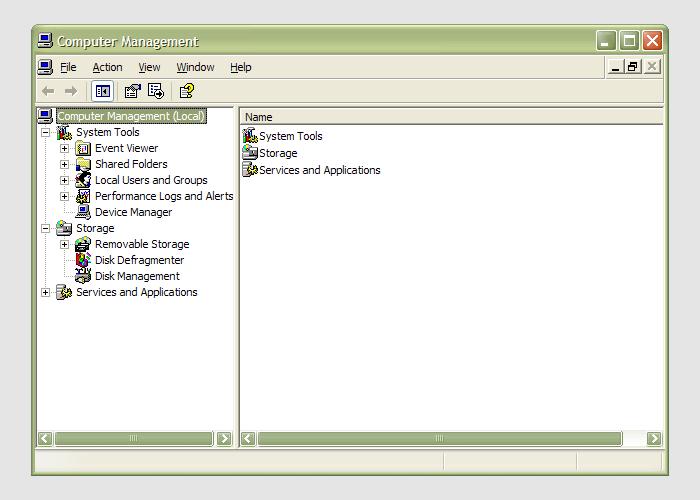Terminology for larger and larger disk drive data volumes
3rd October 2007When I started into the world of computing at university, 200-300 MB hard drives were the norm for PC’s. My own first PC had what was then thought a sizable 1.6 GB disk and things have increased in size since then. I now have access to several hundred gigabytes of storage at home and we are now seeing 1TB offerings for the PC market.
Terabyte storage has been the preserve of the server market but given the disk sizes that are available now, even larger units are needed to describe the sizes of data volumes, ones that I haven’t seen before. So here goes:
Unit | Number of bytes | Number of bytes | Number of bytes |
petabyte | 1024 TB | 2**50 | 10**15 |
exabyte | 1024 PB | 2**60 | 10**18 |
zettabyte | 1024 EB | 2**70 | 10**21 |
yottabyte | 1024 ZB | 2**80 | 10**24 |
* Binary measurements are used by operating systems like Windows while decimal ones are used by hard drive manufacturers
I know that the above strays into the realms of esoterica but, with the way that things have been going, we may be talking about petabytes before very long. As it so happens, HP recently mentioned zettabytes when talking about its range of UNIX servers and I needed to go looking up what it meant…
Hard drive cooling
5th March 2007Having had my main PC’s case hot to the touch last summer, I was wondering what was causing it. Components like CPU’s and graphics cards would need to generate a lot of heat to manage that. However, my main suspects are the hard drives in the machine: they do run hot after all and sit in a drive cradle connected directly to the case framework. As it happens, I was in Manchester’s branch of PC World yesterday and spotted Akasa hard drive coolers in stock for just £7.99 each. These dualfan units screw onto the base of your hard drive and their power connector can couple between a PATA power socket and a PSU power cable so that they can draw the power that they need without adding to case clutter. I bought two of the things and installed them; I’ll now see how they get on.
Adding a new hard drive
21st January 2007
 Having during the week obtained a new 320 GB hard drive, today I am adding it to my system after yesterdays scare with a PSU. As with any such item, you need to format and configure it to work with your operating system, be it Windows, Linux or whatever. Good old Partition Magic can help with this (I have version 7 from the Powerquest days) but Windows XP (Professional, anyway) does offer its own tool for the job: the Disk Management console. Unfortunately, it’s a bit hard to find. The easiest way to get to it is to type diskmgmt.msc into the Run command box. Otherwise, it is a matter of setting your Start Menu to show the Administrative Tools group (Taskbar and Start Menu properties> Start Menu tab > Customise > Advanced tab) and accessing through the computer Management console for which there is a shortcut in this group. Of course, you need to have administrator access to your PC in order to to do any of this.
Having during the week obtained a new 320 GB hard drive, today I am adding it to my system after yesterdays scare with a PSU. As with any such item, you need to format and configure it to work with your operating system, be it Windows, Linux or whatever. Good old Partition Magic can help with this (I have version 7 from the Powerquest days) but Windows XP (Professional, anyway) does offer its own tool for the job: the Disk Management console. Unfortunately, it’s a bit hard to find. The easiest way to get to it is to type diskmgmt.msc into the Run command box. Otherwise, it is a matter of setting your Start Menu to show the Administrative Tools group (Taskbar and Start Menu properties> Start Menu tab > Customise > Advanced tab) and accessing through the computer Management console for which there is a shortcut in this group. Of course, you need to have administrator access to your PC in order to to do any of this.